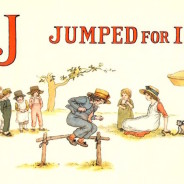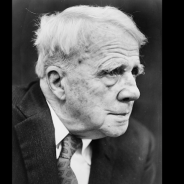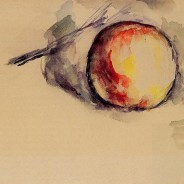Gate A-4 by Naomi Shihab Nye
This is the world I want to live in. Wandering around the Albuquerque Airport Terminal, after learning my flight had been delayed four hours, I heard an announcement: “If anyone in the vicinity of Gate A-4 understands any Arabic, please come to the gate immediately.” Well—one pauses these days. Gate A-4 was my own gate. I went there. I’m rereading the beginning of this poem now, and I know how it ends—and I realize this is the moment that sets the story of the poem in motion. The speaker goes against hesitation—against the small fear—the pause—because of the way things are “these days.” It reminds me of that moment in Opening the Door of Mercy—that question that arises: But when someone approaches, I have to decide: Is my own safety always the most important consideration? Must I fear all whom I don’t know? Do I help or not? An older woman in full traditional Palestinian embroidered dress, just like my grandma wore, was crumpled to the floor, wailing. “Help,” said the flight agent. “Talk to her. What is her problem? We told her the flight was going to be late and she did this.” I stooped to put my arm around the woman and spoke haltingly. “Shu-dow-a, Shu-bid-uck Habibti? Stani schway, Min fadlick, Shu-bit- se-wee?” The minute she heard any words she knew, however poorly used, she stopped crying. She thought the flight had been cancelled entirely. She needed to be in El Paso for major medical treatment the next day. I said, “No, we’re fine, you’ll get there, just later, who is picking you up? Let’s call him.” Nye’s father is Palestinian—so there’s a familiarity to the older woman—her dress—her language. But for the flight agent, the difference is more severe—and alienating. And the wailing heightens it. Fear is rising, I suspect. We all do this. I do this. A disturbance in the smooth ordinary hum of things—an interruption—can frighten me—or at least throw me. I once dreamed that I was trying to buy a bus ticket to get home. This went on for a while. Finally, I found a Greyhound counter, but the woman behind the counter seemed disoriented. She was crying. Something had happened. In the dream, I tried to summon patience—to let her talk—draw her out. Regretfully, this only lasted a minute in the dream, if that long. Then I myself was wailing! “Where can I get a bus ticket?” Sometimes safety is not the only issue. Efficiency can be an issue, or just getting what we want—say, the comforts of home. We called her son, I spoke with him in English. I told him I would stay with his mother till we got on the plane and ride next to her. She talked to him. Then we called her other sons just for the fun of it. Then we called my dad and he and she spoke for a while in Arabic and found out of course they had ten shared friends. Then I thought just for the heck of it why not call some Palestinian poets I know and let them chat with her? This all took up two hours. I would like to become this kind of person: the one who makes the call; who stays as long as it takes; who forgets about trying to get home; who...
read more




